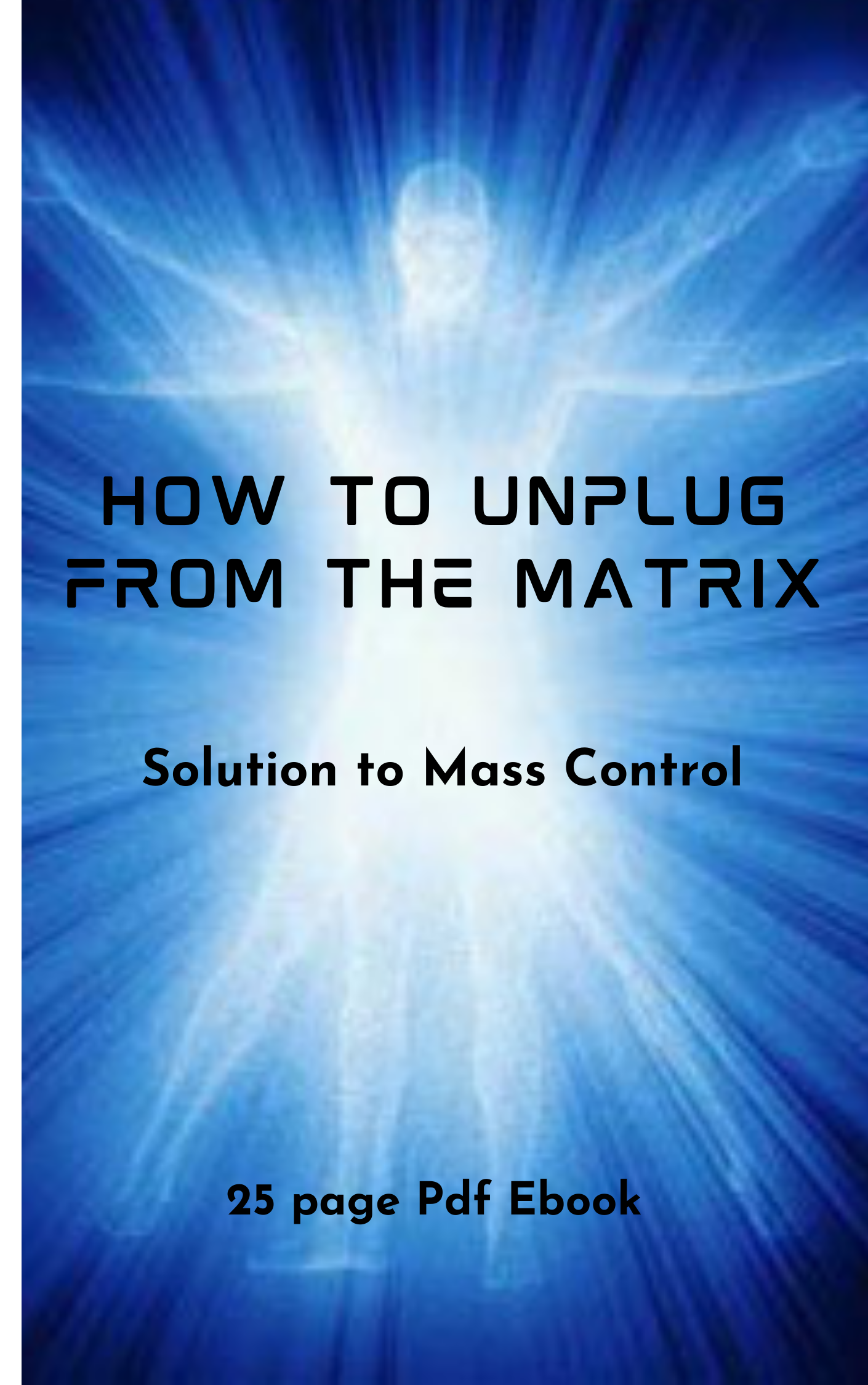Nearly all contemporary money systems are based on fiat money. Fiat money, like any check or note of debt, is without use value as a physical commodity. It derives its value by being declared by a government to be legal tender; that is, it must be accepted as a form of payment.
The money supply of a country consists of currency (banknotes and coins) and, depending on the particular definition used, one or more types of bank money. Bank money, which consists only of records, forms by far the largest part of broad money in developed countries.
However, for most of history, almost all money was commodity money, such as gold and silver coins. As economies developed, commodity money was eventually replaced by representative money, such as the gold standard, as traders found the physical transportation of gold and silver burdensome.
This occurred because gold and silver merchants or banks would issue receipts to their depositors – redeemable for the commodity money deposited.
Banknotes were first issued in Europe in 1661, and were again also used alongside coins. The gold standard, a monetary system where the medium of exchange are paper notes that are convertible into pre-set, fixed quantities of gold, replaced the use of gold coins as currency in the 17th-19th centuries in Europe.
GOLD STANDARD
These gold standard notes were made legal tender, and redemption into gold coins was discouraged. By the beginning of the 20th century almost all countries had adopted the gold standard.
After World War II most countries adopted fiat currencies that were fixed to the US dollar. The US dollar was in turn fixed to gold. In 1971 the US government suspended the convertibility of the US dollar to gold.
Commodity money value comes from the commodity out of which it is made. The commodity itself constitutes the money, and the money is the commodity. Examples of commodities that have been used as mediums of exchange include gold and silver.
Fiat money or fiat currency is money whose value is not derived from any intrinsic value or guarantee that it can be converted into a valuable commodity (such as gold). Instead, it has value only by government order (fiat).
Usually, the government declares the fiat currency to be legal tender, making it unlawful not to accept the fiat currency as a means of repayment.
These factors led to the shift of the store of value being the metal itself: at first silver, then both silver and gold, and at one point there was bronze as well.
In most major economies using coinage, copper, silver and gold formed three tiers of coins. Gold coins were used for large purchases, payment of the military and backing of state activities.
CLICK ON ABOVE GRAPHIC FOR MORE INFORMATION
PAPER MONEY
In Europe, paper money was first introduced in Sweden in 1661. The advantages of paper currency were numerous: it reduced transport of gold and silver, and thus lowered the risks; it made loaning gold or silver at interest easier, since the gold or silver never left the possession of the lender until someone else redeemed the note.
However, these advantages held within them disadvantages. First, since a note has no intrinsic value, there was nothing to stop issuing authorities from printing more of it than they had specie to back it with.
The result is that paper money would often lead to an inflationary bubble, which could collapse if people began demanding hard money, causing the demand for paper notes to fall to zero.
At this time both silver and gold were considered legal tender, and accepted by governments for taxes. However, the instability in the ratio between the two grew over the course of the 19th century, with the increase both in supply of these metals, particularly silver, and of trade.
By 1900, most of the industrializing nations were on some form of gold standard, with paper notes and silver coins constituting the circulating medium. Private banks and governments across the world followed Gresham’s Law: keeping gold and silver paid, but paying out in notes.
BANKING
A bank is a financial institution that accepts deposits from the public and creates credit. Lending activities can be performed either directly or indirectly through capital markets. Due to their importance in the financial system and influence on national economies, banks are highly regulated in most countries
Banking in its modern sense evolved in the 14th century in the rich cities of Renaissance Italy but in many ways was a continuation of ideas and concepts of credit and lending that had their roots in the ancient world.
Modern banking practices, including fractional reserve banking and the issue of banknotes, emerged in the 17th and 18th centuries.
Merchants started to store their gold with the goldsmiths of London, who possessed private vaults, and charged a fee for that service. In exchange for each deposit of precious metal, the goldsmiths issued receipts certifying the quantity and purity of the metal they held as a bailee; these receipts could not be assigned, only the original depositor could collect the stored goods.
Gradually the goldsmiths began to lend the money out on behalf of the depositor, which led to the development of modern banking practices; promissory notes (which evolved into banknotes) were issued for money deposited as a loan to the goldsmith.
Since the promissory notes were payable on demand, and the advances (loans) to the goldsmith’s customers were repayable over a longer time period, this was an early form of fractional reserve banking.
CLICK ON ABOVE GRAPHIC FOR MORE INFORMATION
COMMERCIAL BANK
Commercial bank money or demand deposits are claims against financial institutions that can be used for the purchase of goods and services. A demand deposit account is an account from which funds can be withdrawn without giving the bank or financial institution any prior notice.
Through fractional-reserve banking, commercial bank money is created. This is the banking practice where banks keep only a fraction of their deposits in reserve (as cash and other highly liquid assets) and lend out the remainder.
Commercial bank money differs from commodity and fiat money in two ways: firstly it is non-physical, as its existence is only reflected in the account ledgers of banks and other financial institutions, and secondly, there is some element of risk that the claim will not be fulfilled if the financial institution becomes insolvent.
The process of fractional-reserve banking has a cumulative effect of money creation by commercial banks, as it expands money supply (cash and demand deposits) beyond what it would otherwise be.
Because of the prevalence of fractional reserve banking, the broad money supply of most countries is a multiple larger than the amount of base money created by the country’s central bank.
MONETARY POLICY
When gold and silver are used as money, the money supply can grow only if the supply of these metals is increased by mining. This rate of increase will accelerate during periods of gold rushes and discoveries, such as when Columbus discovered the New World and brought back gold and silver to Spain.
This causes inflation, as the value of gold goes down. However, if the rate of gold mining cannot keep up with the growth of the economy, gold becomes relatively more valuable, and prices (denominated in gold) will drop, causing deflation.
Modern day monetary systems are based on fiat money and are no longer tied to the value of gold. The control of the amount of money in the economy is known as monetary policy. Monetary policy is the process by which a government, central bank, or monetary authority manages the money supply to achieve specific goals.
A failed monetary policy can have significant detrimental effects on an economy and the society that depends on it. These include hyperinflation, stagflation, recession, high unemployment, shortages of imported goods, inability to export goods, and even total monetary collapse and the adoption of a much less efficient barter economy.
In the US, the Federal Reserve is responsible for controlling the money supply, Other central banks with significant impact on global finances are the Bank of Japan, People’s Bank of China and the Bank of England.
CLICK ON ABOVE GRAPHIC FOR MORE INFORMATION
FRACTIONAL RESERVE BANKING
Fractional reserve banking is the practice whereby a bank accepts deposits, makes loans or investments, and holds reserves that are a fraction of its deposit liabilities. Reserves are held at the bank as currency, or as deposits in the bank’s accounts at the central bank. Fractional-reserve banking is the current form of banking practiced in most countries worldwide.
Fractional-reserve banking allows banks to act as financial intermediaries between borrowers and savers, and to provide longer-term loans to borrowers while providing immediate liquidity to depositors.
However, a bank can experience a bank run if depositors wish to withdraw more funds than the reserves held by the bank. To mitigate the risks of bank runs and systemic crises, governments of most countries regulate and oversee commercial banks, provide deposit insurance and act as lender of last resort to commercial banks.
Because bank deposits are usually considered money in their own right, and because banks hold reserves that are less than their deposit liabilities, fractional-reserve banking permits the money supply to grow beyond the amount of the underlying reserves of base money originally created by the central bank.
In most countries, the central bank (or other monetary authority) regulates bank credit creation, imposing reserve requirements and capital adequacy ratios.
CENTRAL BANKS
A central bank, reserve bank, or monetary authority is an institution that manages a state’s currency, money supply, and interest rates. Central banks also usually oversee the commercial banking system of their respective countries.
The Swedish Riksbank was the world’s first central bank, in 1668. Many nations followed suit in the late 1600s to establish central banks which were given the legal power to set the reserve requirement, and to specify the form in which such assets are required to be held.
In contrast to a commercial bank, a central bank possesses a monopoly on increasing the monetary base in the state, and usually also prints the national currency, which usually serves as the state’s legal tender.
The primary function of a central bank is to control the nation’s money supply (monetary policy), through active duties such as managing interest rates, setting the reserve requirement, and acting as a lender of last resort to the banking sector during times of bank insolvency or financial crisis.
Central banks usually also have supervisory powers, intended to prevent bank runs and to reduce the risk that commercial banks and other financial institutions engage in reckless or fraudulent behavior.
Central banks in most developed nations are institutionally designed to be independent from political interference.
CLICK ON ABOVE GRAPHIC FOR MORE INFORMATION
REVIEW A LOT MORE INFORMATION CONNECTED WITH THIS SUBJECT :-
Bank of England – First Ever Central Bank
Central Banks – Organs Or Tools Of The State
Jekyll Island – Illuminati Want A Central Bank in America
Federal Reserve – Central Banking System Of United States
Fractional Reserve Banking – Non-Redemption Of Deposits
Gold – Why Is This Metal Element So Valuable
Silver – Don’t Cry For Me Argentina – I Never Left You
Payseur Family History
Fritz Springmeier – Bloodlines of Illuminati
The Rothschild Dynasty
The Disney Story
The above four links open a new tab in Louis Payseur’s site.
Books, Media & Jobs – Curated Presentation
Gourmet, Food & Drink – Curated Presentation
Home, Garden & Real Estate – Curated Presentation




















Have always wondered about the French Canadian TV series ‘Seraphin’. Everytime the subject comes up, if speaking with a Quebecois, they will invariably come out with the same statement within 2seconds: “Mais, C’est une vraie histoire!!!!! As though I had somehow conveyed that it wasn’t. And then go on regaling the proprietorship of all the laund and commodities and riches that went with it. And proudly say how ‘thrifty and penny pinching ‘Seraphin’ was all the same. Which seems to be a lesson that not one of them has ever seemed to take away from the story, that perhaps that is how one becomes wealthiest.
So I would ask as to the real family name, since that was a TV show and I was told Poudrier a couple of times but have never been able to find family ties that matched the story.
If so many know of it what happened to the real family tree. Who are they? What happened to them? The Dramatis family I just heard of very recently and at early tris have not found a connection yet.
My computer is down and had an argument with Bell Canada because I’m tired of doing their accounting for free. Looking for a new ISP. I came across this site after having heard the name Payseur, on Abel Danger by Field McConnell I believe, and it brought to mind that niggling curiosity about the wealthiest of the Canadian families.
Hi JulieAnn, late in replying, but don’t know the answer.
It is a pleasure to read this weblog, thanks to its up-to-date information and interesting posts. Look into my web page http:/ /webemail24.com for some really good points and find out more about Website Design.
Hi again Felix